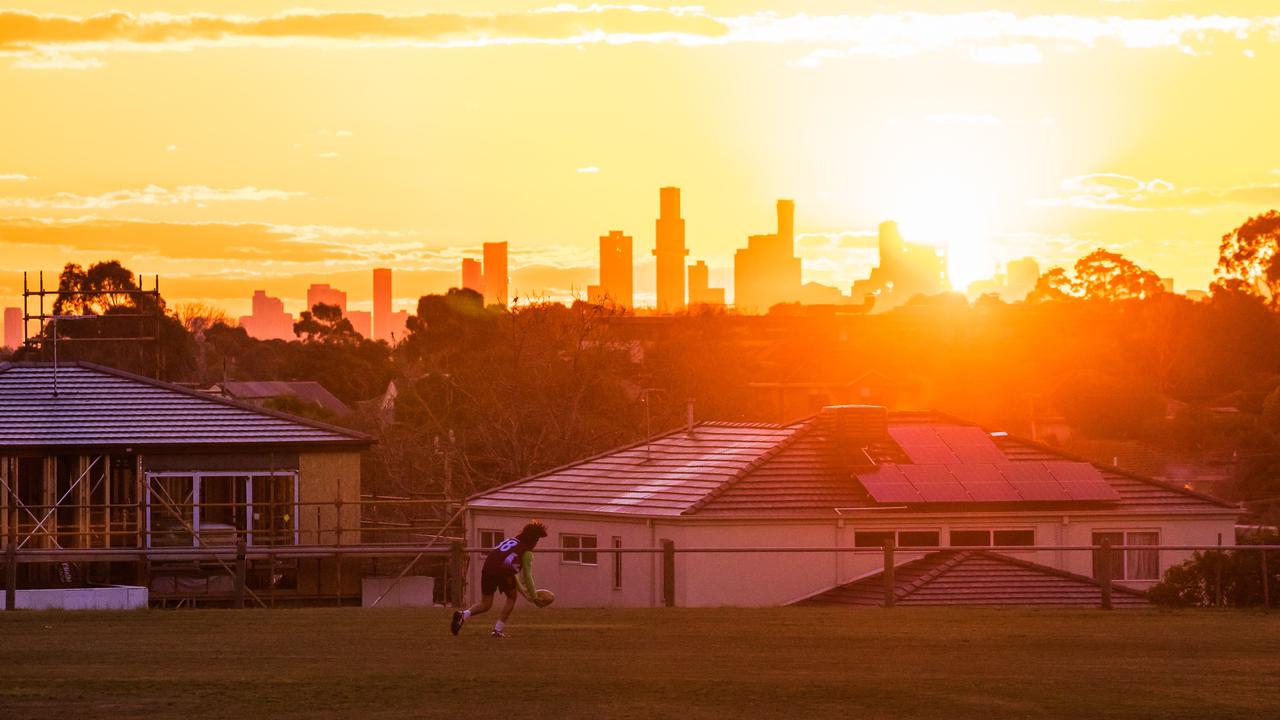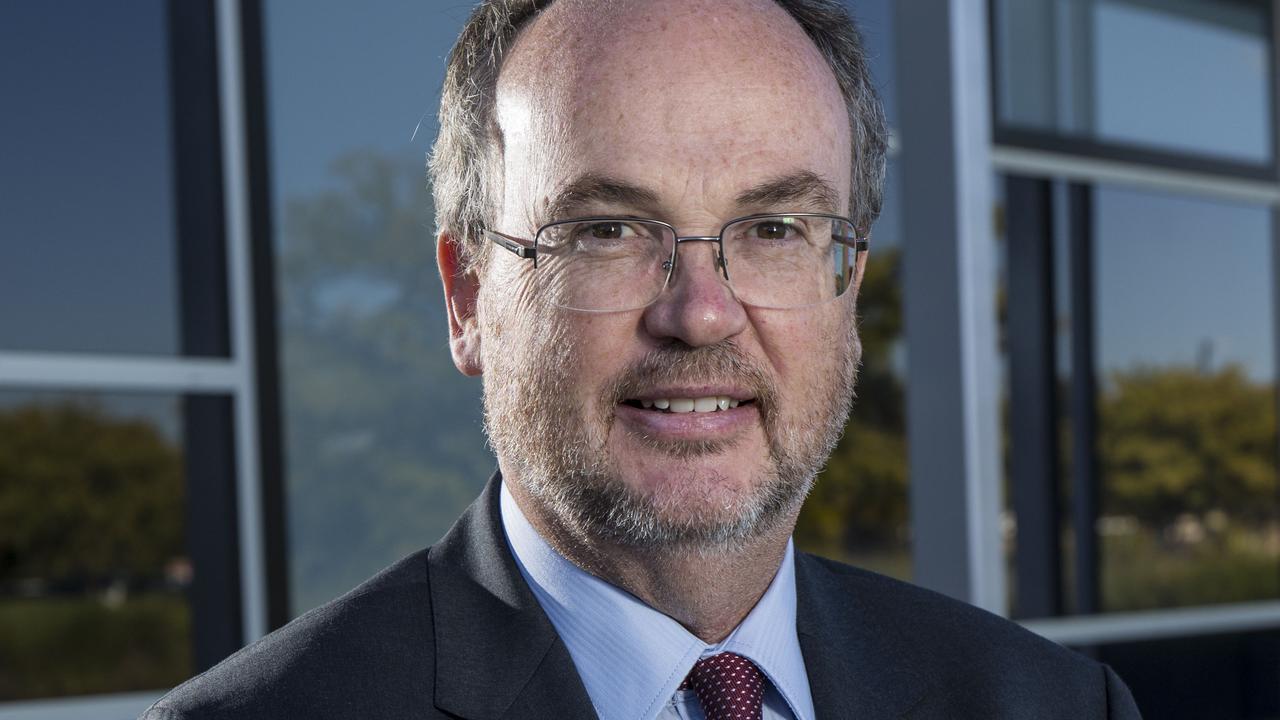Creating a national electricity grid to ‘follow the sun’ dismissed as ‘impossible’
One idea to prevent more blackouts in Australia could see electricity prices fall but one state has dismissed it as “impossible”.
Creating a national electricity grid to “follow the sun” and take advantage of Australia’s four time zones could help solve our energy problems but the idea has been dismissed as “virtually impossible”.
The eastern states have struggled with energy reliability issues, most recently with blackouts in Queensland and New South Wales this year, and experts are searching for longer-term solutions as the system switches to renewables.
In particular dispatchable and longer duration storage, which can last for at least 10-12 hours and up to days or even weeks, may be required to stabilise the system.
However, Hitachi Energy chief executive officer Claudio Facchin noted that providing storage such as batteries was not the only solution, and Australia could also look at different ways to manage its energy system.
“In Australia, we have four time zones, so follow the sun, that will give you a lot of embedded storage in the entire system,” Mr Facchin told the Sydney Energy Forum on Tuesday.
By creating a single national grid, this would allow the eastern states to draw solar energy from Western Australia — which is two hours behind NSW — during the “evening ramp” when energy usage is typically at its highest as people come home from work, are preparing dinner and watching television or doing other activities.
“If you had a connection to the west, the sun would still be relatively high in the sky so you could use solar from the west to power homes and industry of people in the east. It would really help you to manage that evening ramp,” former executive general manager of system at AEMO, Alex Wonhas told news.com.au.
However, Mr Wonhas acknowledged the arrangement would likely benefit the eastern states more than Western Australia, although WA would benefit to a lesser extent during its morning ramp, which is generally less energy intensive period.
Stream more business news live & on demand with Flash. 25+ news channels in 1 place. New to Flash? Try 1 month free. Offer ends 31 October, 2022 >

WA, which has not experienced the same issues with energy reliability or price that eastern states have, also does not seem eager to be part of a national grid.
“It would be virtually impossible, and exceptionally expensive, for Western Australia to join a national grid,” a spokesman for Western Australian energy minister Bill Johnston told news.com.au.
“It would create even more power reliability issues for our state.”
The spokesman said WA’s main electricity grid was greater than the size of the United Kingdom and had a network reliability of 99.91 per cent, adding that “no energy utility in the world has 100 per cent reliability”.
He said Western Power and Horizon Power had been deploying microgrids to improve power reliability, and 1000 standalone power systems were currently being rolled out throughout regional WA.
A spokesman for federal climate change and energy minister Chris Bowen said a national grid had not been identified as “optimal”.
“Australia has an optimal development path mapped out for upgrading transmission to ensure the best benefits to the community – that’s the Integrated System Plan (ISP), of which a proposal like this is not included as optimal,” the spokesman said.
The spokesman said the Albanese Government’s $20 billion investment in Rewiring the Nation was designed urgently upgrade and build out of the grid.
“The National Energy Market is undergoing unprecedented change, and needs investment in transmission and planning to ensure reliability and affordability through this change.”
Mr Wonhas said creating a national grid was feasible but it may not be the most affordable way to achieve reliable energy.
He said building a long transmission line between WA and the eastern states could cost billions, and would likely be more expensive than building more battery storage in the east.

“Over the years, this issue has been looked at, but the cost benefit in the past hasn’t stacked up — that doesn’t mean it won’t stack up in the future,” Mr Wonhas said.
“What we need is for AEMO to do a cost benefit assessment so we get a better picture about whether it does or doesn’t make sense to pursue.”
However, Mr Wonhas said WA could benefit from the project as it would mean more investment in solar in the west, and this would mean more jobs as well.
The challenge would be coming to an agreement between the states about how much funding each would contribute to the project, as well as finding a way to harmonise the different regulatory and market mechanisms.
“Capital cost aside, I think it would reduce the need for storage and ultimately the cost of electricity bills for consumers, and create jobs in the construction phase and also in the operational phase,” Mr Wonhas said.
More Coverage
However, Mr Wonhas said an east-west transmission line could take at least 10 years to complete, based on how long shorter transmission projects had taken.
In comparison he said a battery project could be delivered relatively comfortably in one-and-a-half to two years.
“We need dispatchable storage now — as we’ve seen in the last few weeks,” he said.





